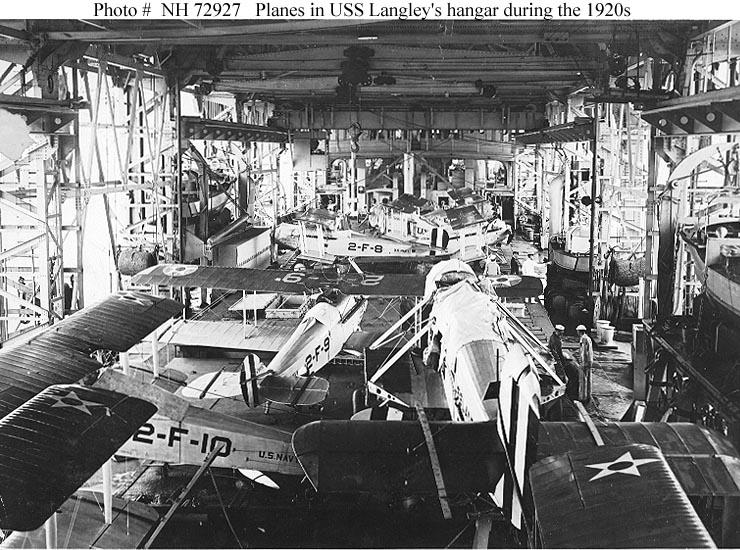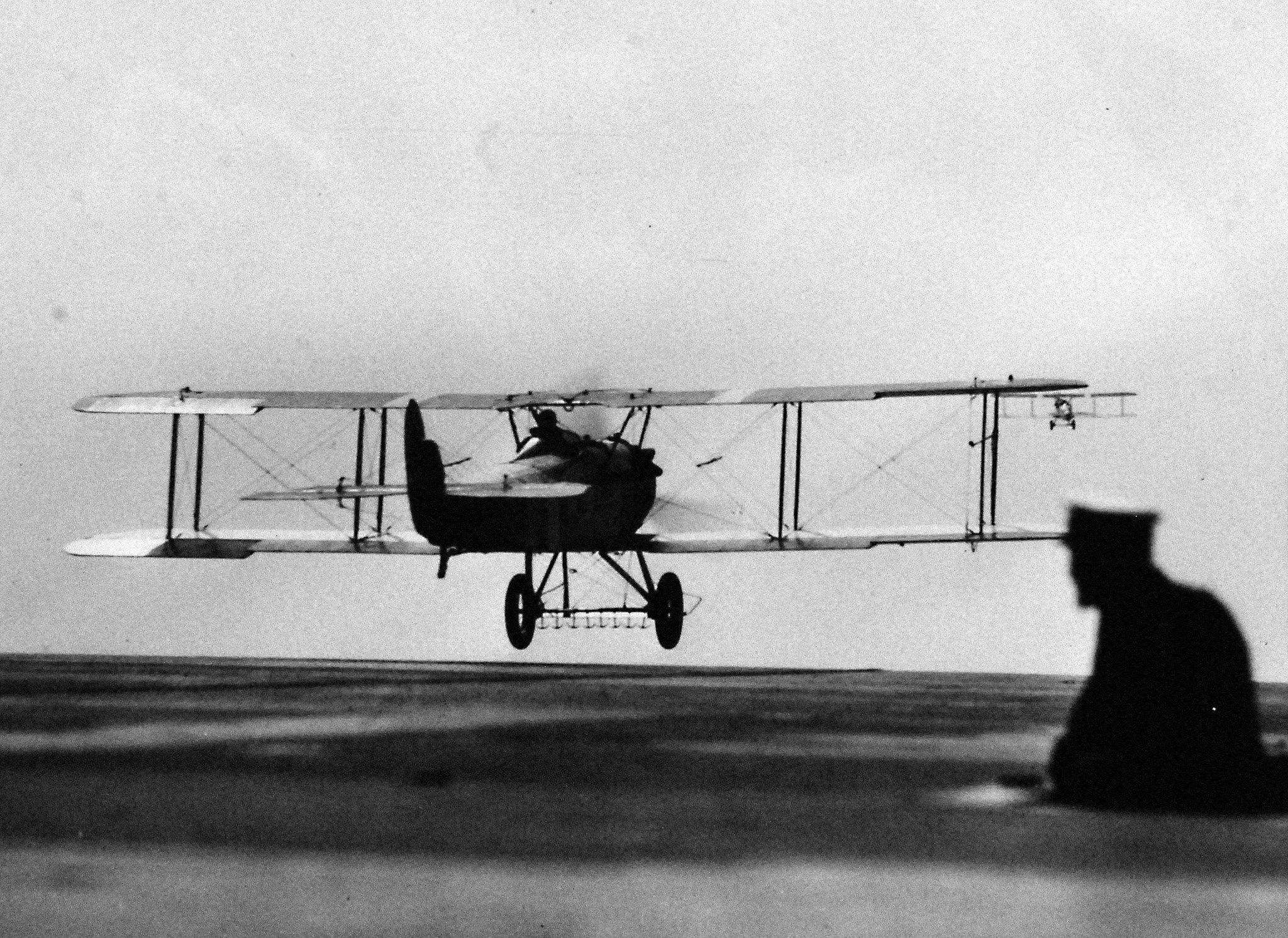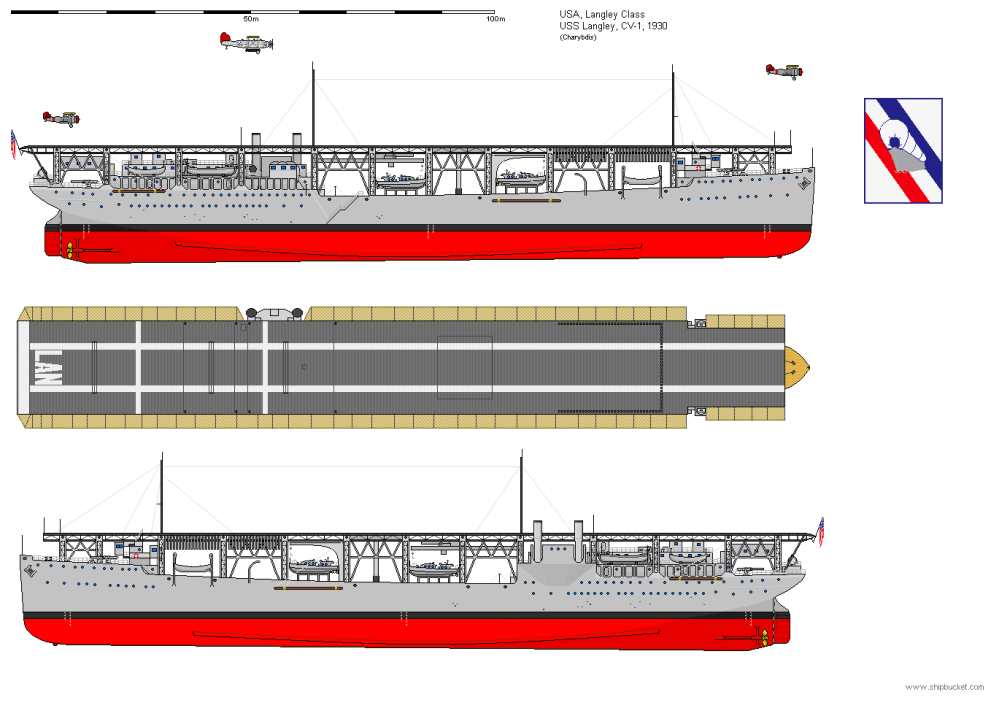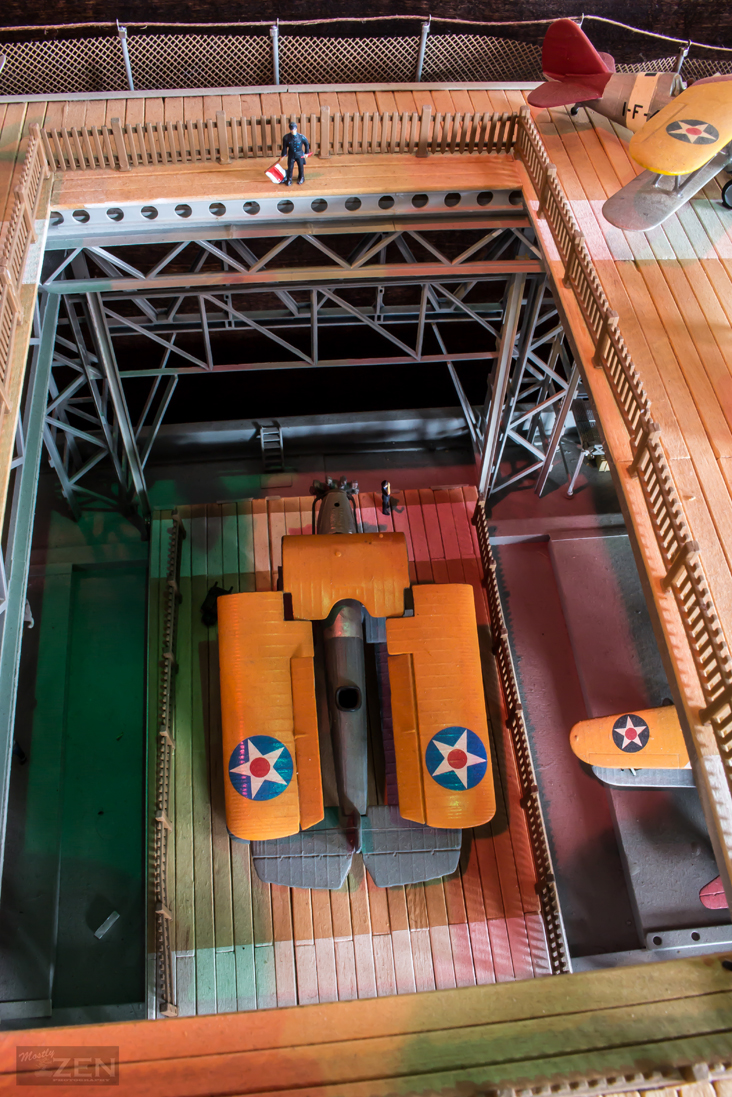The USS Langley was sunk off the South Coast of Java February 1942 by IJN air attack. She had been tasked to deliver a load of P-40s to the USAAF in Java.
This is a picture of what the Langley looked like after her conversion to a seaplane tender in 1937. The biggest change being the partial removal of what was a full length flight deck.

If the Langley had not been sunk what would the USN had used her for? Would they have continued using her as an airplane transport? Or would they have more need for a seaplane tender at that difficult time and place? I think she would have made a decent airplane transport but I'm unsure about her range.
This is a picture of what the Langley looked like after her conversion to a seaplane tender in 1937. The biggest change being the partial removal of what was a full length flight deck.

If the Langley had not been sunk what would the USN had used her for? Would they have continued using her as an airplane transport? Or would they have more need for a seaplane tender at that difficult time and place? I think she would have made a decent airplane transport but I'm unsure about her range.




